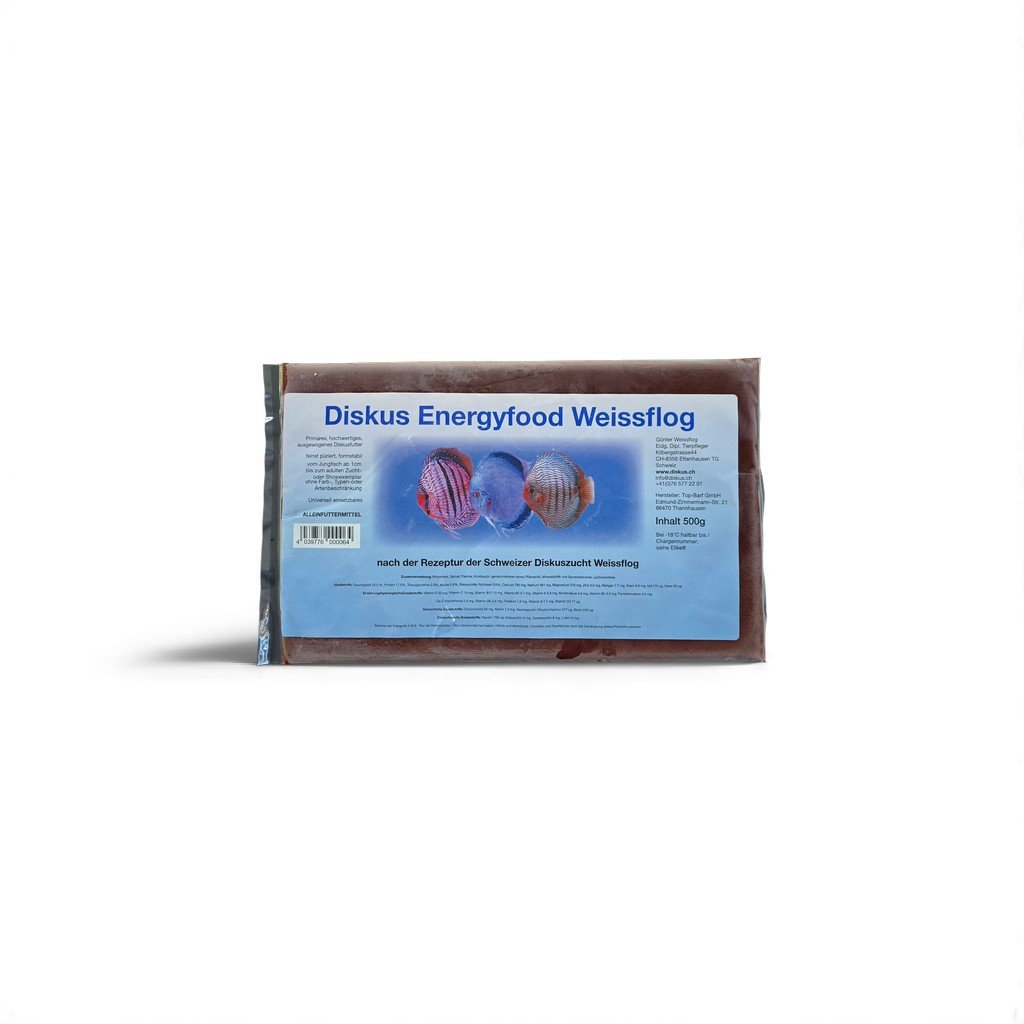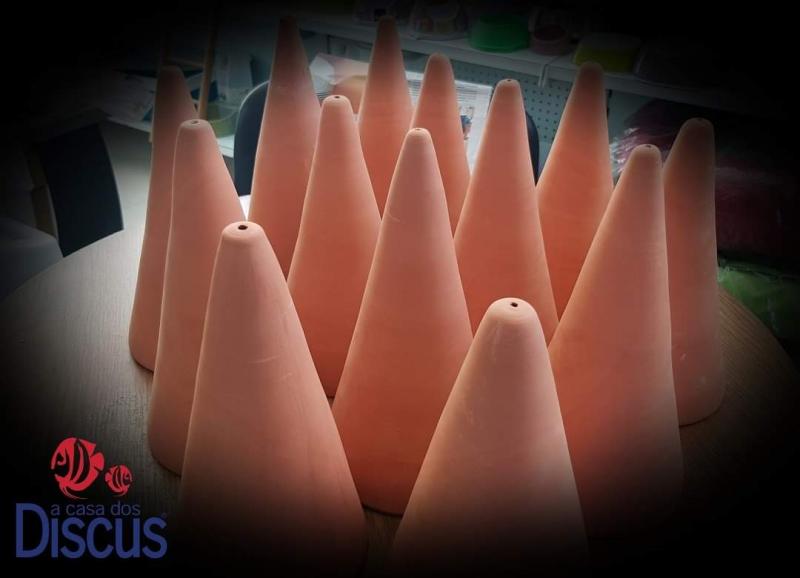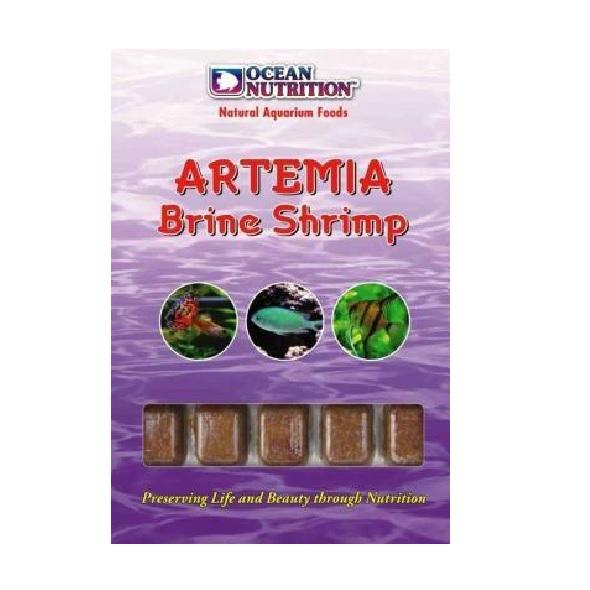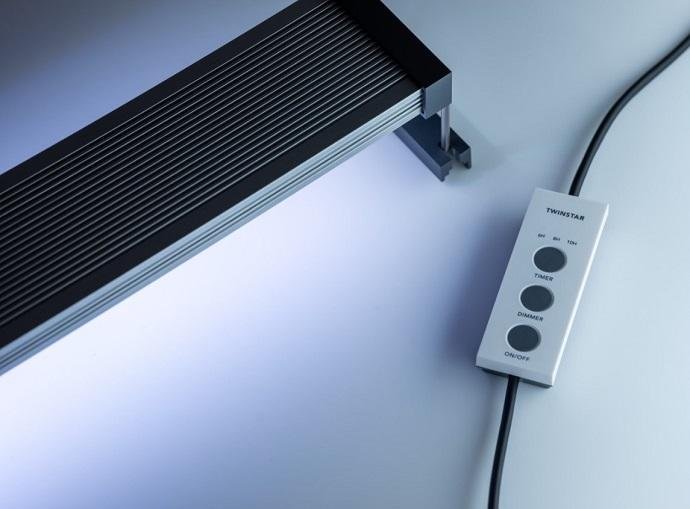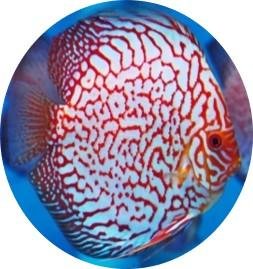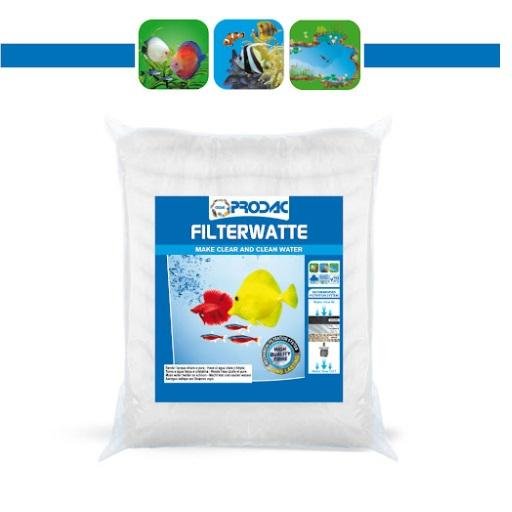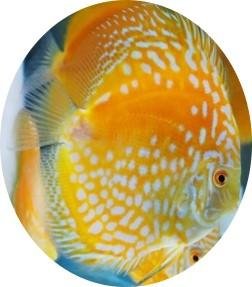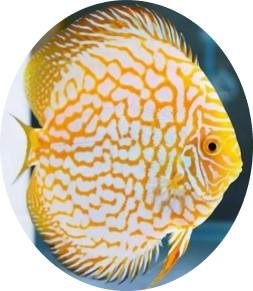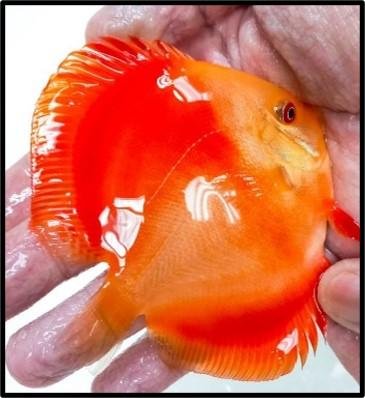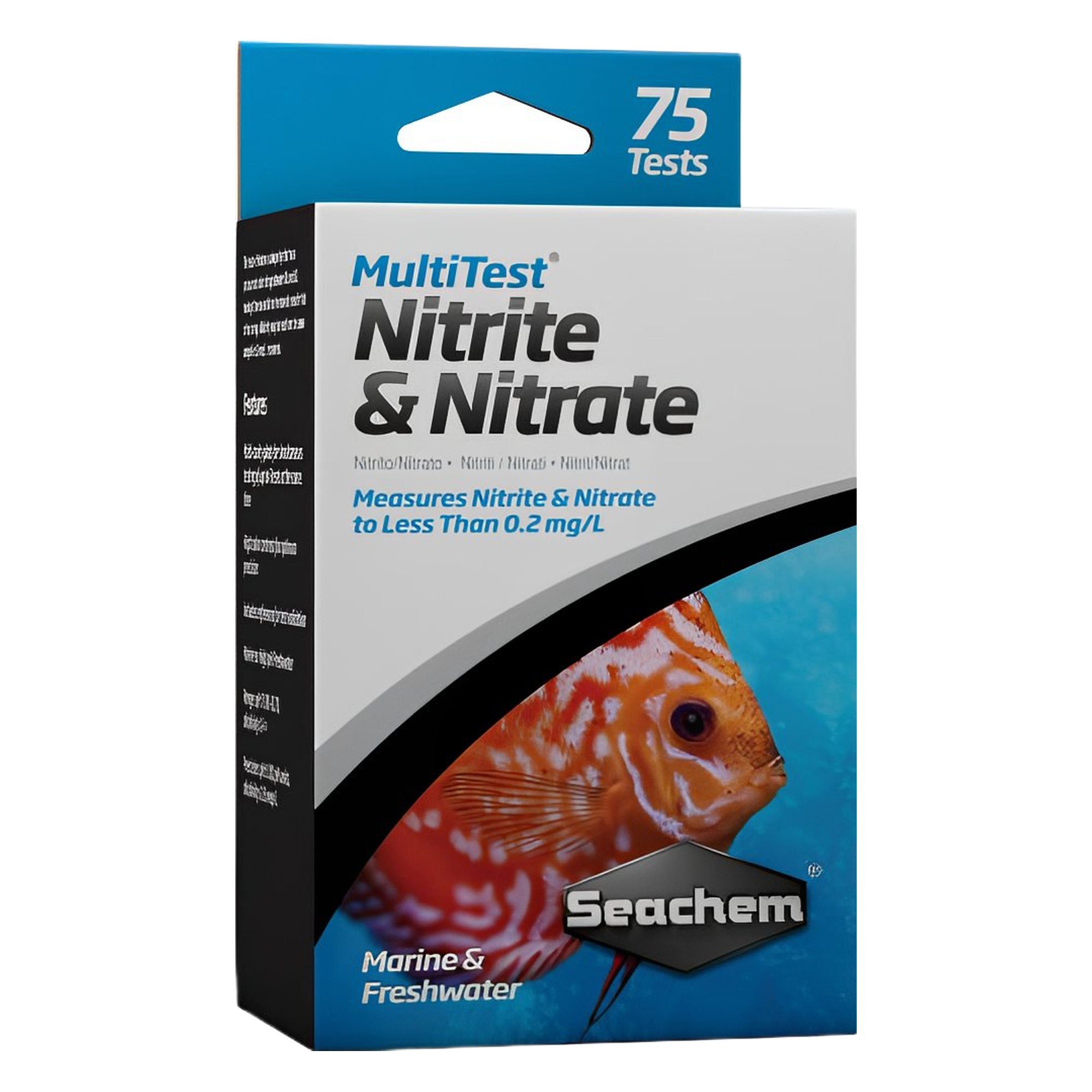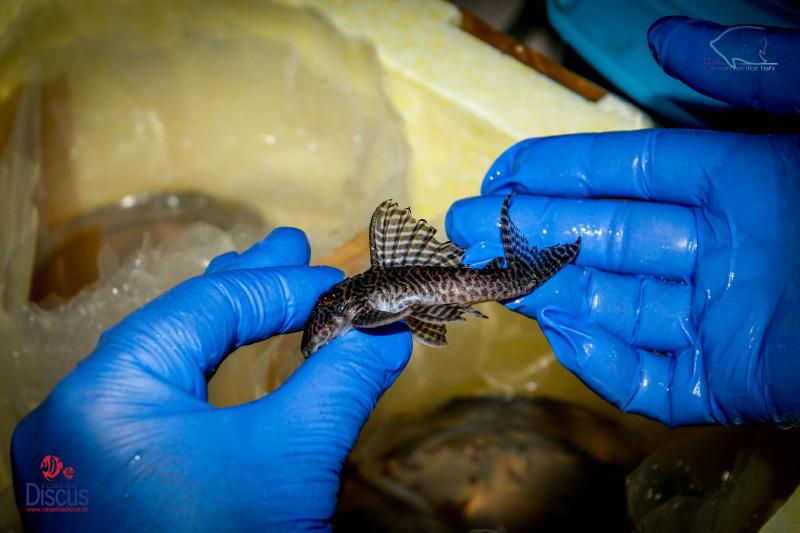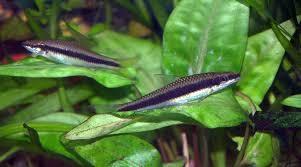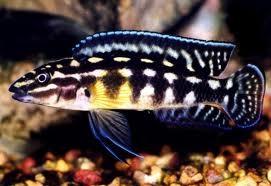Nenhum produto no carrinho
Voltar para a Loja Menu Categorias
- BOTÂNICOS NATURAIS
- VIVOS
- CICLIDEOS ANÕES DO SUL DA AMÉRICA
- LABYRINTH FISH
- ANGEL FISH
- DISCUS SELVAGENS-H&K-Hudson Crizanto
- CICLIDEOS DO SUL DA AMÉRICA
- CICLIDEOS AFRICANOS ANÕES
- CICLIDEOS AFRICANOS
- OTHER FISH
- L`s H&K - Hudson Crizanto
- PEIXES COMUNITARIOS
- BARBOS
- INVERTEBRADOS
- TETRAS
- VIVÍPAROS
- PEIXES ARCO IRIS
- RAIAS
- PEIXES AGUA FRIA
- DISCUS
- CICLIDEOS
- NON-CZECH FISH
- KILLY FISH
- LORICARÍDEOS/PEIXE-GATO
- REPTEIS-ANFIBIOS
- ILUMINAÇÃO
- Lagos
- BOUTIQUE
- AQUARIOFILIA
- AQUÁRIOS
- CONDICIONADORES
- MEDICAÇÃO/SUPLEMENTOS
- PLANTAS
- Geral
- HARDSCAPE
- ARTHANDCER
- SUBSTRATOS
- FILTRAGEM
- ALIMENTAÇÃO
- MANUTENÇÃO
- AQUECIMENTO/ARREFECIMENTO
- NUTRIENTES PARA PLANTAS
- EXTERILIZADORES
- AQUATERRÁRIO
- TESTES
- CO2/AERAÇÃO
- CÃES-GATOS
Log in
Login Registo
- Aquariofilia

- Vivos

- Boutique

- Destaques

- Novidades

Novidades
- Promoção

Promoções
Multitest Nitrite & Nitrate
36,70€O preço original era: 36,70€.27,53€O preço atual é: 27,53€. IVA Incl.
Hypancistrus sp. L66 md/ml
39,90€ IVA Incl.
8 pessoas estão a ver este produto neste momento
🔥 5 artigos vendidos nas últimas 3 horas
Foto real – consultar as condições de venda em:Condições Gerais>Expedição>Prazos de entregaHYPANCISTRUS sp. L066
The number of Plecos showing white spots on a dark background is enormous. Clearly this pattern works very well for such fish. Among Hypancistrus species, there are several with this look. One of them is L136 from Rio Negro, Brazil. Like most Hypancistrus it’s an easy to keep and breed species that even beginners should be able to take well care of. L136 is not as common in the hobby as it once was, but it is currently allowed for export from Brazil.
Name: Hypancistrus sp.L136
Trade names: Demini Angelicus Pleco, L136, L136a, L136b, L136c, L158, LDA5, LDA6
Origin: Rio Demini, Brazil.
Maximum size: 12 cm / 5”
This species is variable in it’s pattern, which has led to it being one of a few l-numbers given additional letters behind the number to seoarate the forms. L136a has the smallest, most numerous spots, L136b is the in between form and L136c has few, big spots that may not even be circular. L158 is asomewhat forgotten number, but the original fish shows a specimen with fairly small spots that are not as numerous as the normal version of the species (L136a). Captive breeding has shown that two L136a parents can produce offspring that displays the pattern of the other varieties.
They need an aquarium set up consisting of lots of hiding places in the form of rocks, wood and of course specially made caves that suit their measurements. In these the males will eventually guard their offspring. They prefer water that is fairly warm (27-30 C), soft and slightly acidic. Most of all it should be well oxygenated and clean, so a good filtration system and frequent water changes are essential. Among themselves they are fairly peaceful, although males may quarrel for caves and females can sometimes be badly injured or even killed during the breeding-trapping in the male’s cave. Males develop longer odontodes on their pectoral fins and on their cheeks, and have broader heads. Hypancistrus are mostly carnivorous, so a selection of crustaceans, insect larvae and fish meat should be offered along with high quality dried foods that also contain some vegetable matter.
Due to the conditions in it’s natural habitat, breeding of L136 is most successful in water with a very low hardness.
Disponível (Confirmar stock com a nossa loja - Confirmar: | )
Métodos de Pagamento

Tem alguma dúvida?
A nossa equipa especializada irá ajudar-lhe
com todas as suas questões.
Ligue-nos: +351 218 132 733
www.hek.com.brrnrnhttp://newswatch.nationalgeographic.com/2012/06/11/the-pride-of-the-purus-river-an-iridescent-income-from-ornamental-fish-2/rn
Produtos Relacionados
Também poderá gostar de:

Esponja para limpeza de vidros
0,99€ IVA Incl.

Dicrossus filamentosus - xadrezinho 2-3cm
9,90€ IVA Incl.

Suporte de Lâmpada Exo Terra Reptile Dome Nano 10 cm
34,07€ IVA Incl.

Terrário de vidro Exo Terra - Nano Tall 20x20x30 cm
59,99€ IVA Incl.

Ovos de Artemia Koral PROFI +90% 50gr
11,99€ IVA Incl.
O Nosso Compromisso
Trocas/Devoluções
Pode trocar ou devolver mediante as políticas
Pague Com Segurança
Os nossos métodos de pagamentos são seguros
Suporte
Estamos sempre disponíveis para ajuda-lo
Starlight Pleco L183 4-5cm
29,90€ IVA Incl.


Raia Potamotrygon motoro taman...
399,90€ IVA Incl.


